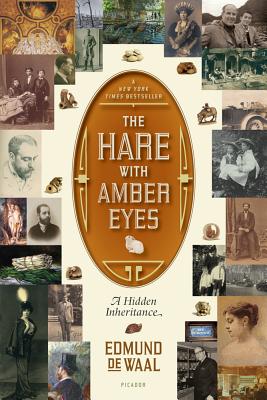When she died last summer at 94 years old, my Auntie Sara still subscribed to and read Bon Appetit and Vanity Fair. That alone says something about the fire-cracker she was. In the cleaning out of her things, my cousin Larry forwarded her Bon Appetit subscription to me.The latest issue, featuring an expansive layout of Thanksgiving dishes ("46 for the Big Day"), reads like a luscious art book.In the woods that surrounded the main building, according to no discernible plan,stood a bunch of cabins and outbuildings submerged in perpetual deep-green shade. Michael Chabon
It also features Michael Chabon's thoughtful, sober essay, "The Comforts of Not-Home" an unconventional look at the Thanksgiving holiday. A Berkeley writer, Chabon writes about a place that no longer stands, about people he's lost, about accepting reality. It's a sort of plea for the value of what my parents always called "catch as catch can." But it's more than that.
Chabon's 1,400-word memoir essay recalls a ten year old experience, reviving the memory to make an unusual point about family holidays. I was drawn in immediately. He opens the essay in the second person--a risky choice that works here. Right away he establishes the tone, purpose and theme of the essay--showing, rather than telling, his family's brand of the unconventional .
He illustrates relaxation, joy, comfort, and revival. He shows how unacquainted people bond--"long walks on chilly beaches, the playing of board and card games...hazy, hot-tub-and-wine-soaked" adventures." It's a lovely essay and instructive in its economy and expansiveness. He sums up his purpose--fitting, but surprising-- toward the end:
And that, to me, is the meaning of Thanksgiving. Of all the Thanksgivings before and since, the one spent at Manka's stands out for me as the truest, even though we were far from our origins. Nothing lasts; everything changes. People die and marriages dissolve, and friendships fade, and families fall apart, whether or not we appreciate them; whether or not we give thanks every waking moment or one night a year.
 |
| photo credit: James Baigrie |










